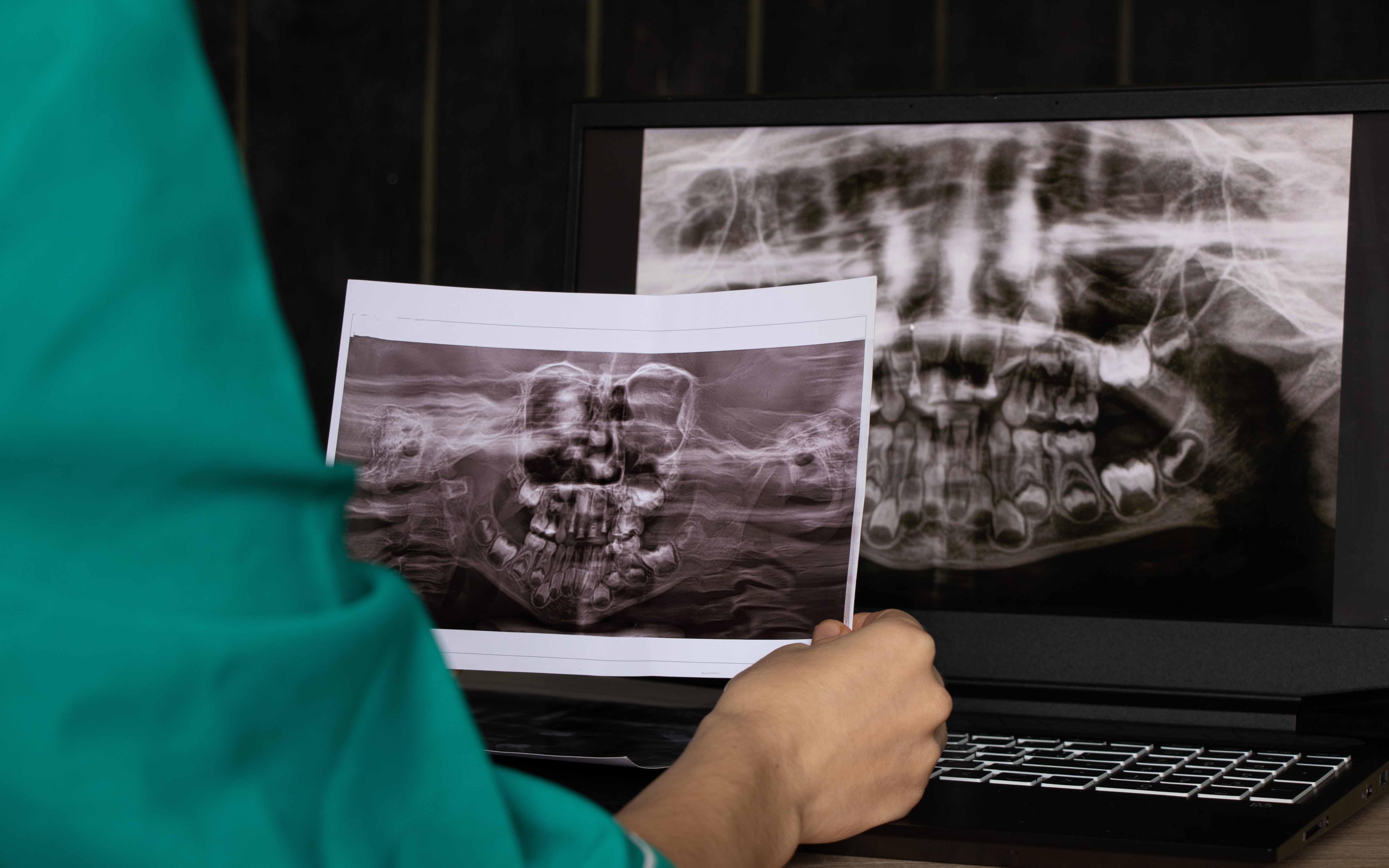
Diagnosis and Treatment of Facial Fractures

Facial fractures can cause a variety of minor or major problems. A broken bone significantly affects your quality of life. Facial fractures can be caused by conditions such as;
- High impact accidents such as motor vehicle crashes
- sports injuries
- workplace accidents
- Fall
- Interpersonal trauma, such as a fight or domestic violence
What Symptoms Occur with Facial Fractures?
Symptoms of a facial fracture can include pain, as well as bruising, swelling, or tenderness. Fracture can occur in different areas of the face. It may show different symptoms depending on the region.
Symptoms of a fracture in the nose;
- Bruising of the skin (also called bruising or ecchymosis) when blood leaks from broken blood vessels
- Discoloration under the eyes that shifts to black
- Obstruction of one or both nostrils or deviation of the septum
- Twisted or crooked nose
- Nose bleeding
Symptoms of fractures in the eye sockets (orbital bones);
- Blurred, decreased, or double vision (diplopia)
- Difficulty moving eyes left, right, up or down
- Swelling on the forehead or cheek or swelling under the eyes
- sunken or bulging pupils
- facial numbness near the injury
- Blood or discoloration in the white part of the eye
Symptoms of upper or lower jaw fractures;
- Problems with chewing, eating, or speaking
- Loose, broken or missing teeth
- Teeth do not fit together properly
- Cheek pain when opening mouth
How are facial fractures diagnosed?
First, the medical staff determines whether there is a life-threatening injury. These conditions are addressed just before a more thorough examination of the face is done. A doctor will check for anything blocking the airways or nasal passages, evaluate pupil size and reactions, and look for any damage to the central nervous system. A physical examination is done to check the face for signs of asymmetry and damage to motor functions (movement). The doctor looks at the face from several angles and examines the facial bones by palpating (pressing lightly)
Symptoms of orbital fractures may include differences in the position of the pupils or sunken eyes. If the measured distance between the eyes is greater than normal, a nasoethmoid fracture may be suspected. Two-dimensional facial CT scans and 3D reconstructive scans may be required for diagnosis and to confirm that the fracture has been corrected after surgery.
A series of plain X-rays may be ordered in the case of a broken nose. However, you may not need X-rays if:
- Tenderness and swelling limited to the bony bridge of the nose
- If you can breathe through both nostrils
- If your nose is straight and there is no blood clot in the septum (the septum is the piece of cartilage in the middle of the nose that separates the nostrils)
If a fracture is suspected, the specialist may order a computed tomography scan (CT scan) to determine the exact location and type of the fracture or fractures. If a CT scan is not available or there are no signs of a midface or maxillary fracture, in some cases a basic series of X-rays may be sufficient to evaluate the fracture.
In cases with complex fractures of the midface (LeFort fractures), two-dimensional facial CT scans and three-dimensional reconstructive scans may be required. These images may be required prior to facial reconstructive surgery for an accurate diagnosis or to improve the outcome.
How Are Facial Fractures Treated?
Painkillers as well as oral steroids may be prescribed by the specialist physician to relieve swelling. You may need to use antibiotics if there is a high risk of infection.
In general, fractures can be treated by performing closed reduction (the non-surgical repositioning of the broken bone or bones) or open reduction (surgery that requires an incision to reposition the broken bones). For a complex fracture where multiple bones are broken, you will need reconstructive surgery.
The type of treatment will depend on the location and extent of the injury. The goal of the treatment of facial fractures is to restore the normal appearance and function of the injured areas.